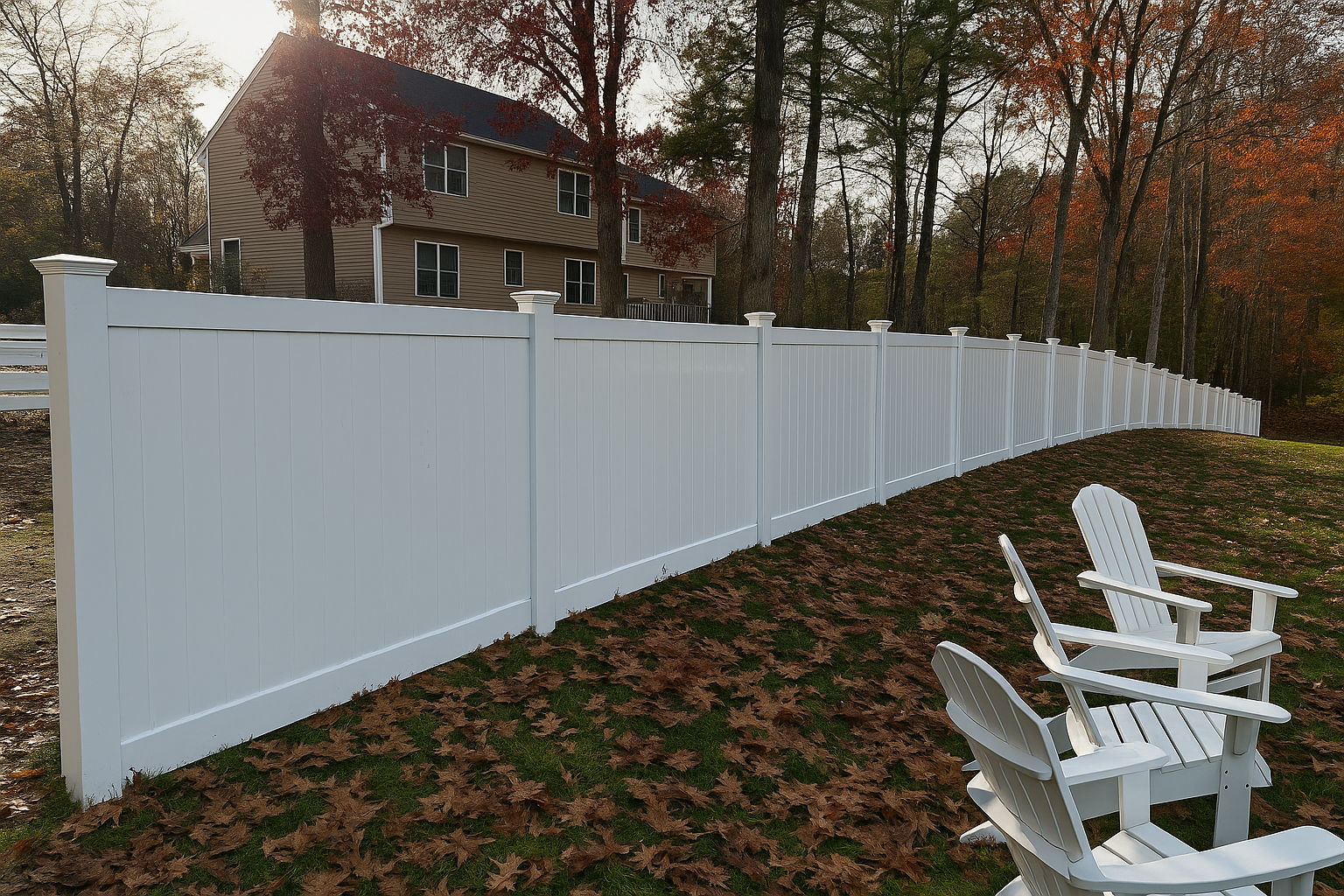Introduction
Wooden fences, while aesthetically pleasing and capable of providing a sense of privacy and security, can experience wear and tear over time. This article will delve into how to effectively repair common issues with wooden fences, ensuring your property remains beautiful and well-maintained. Whether you're dealing with rotting boards, leaning panels, or insect damage, we'll provide detailed guidance on fixing these problems. Understanding how to take care of your wooden fence not only prolongs its lifespan but also enhances the fence installation overall value of your property.
Understanding Common Issues with Wooden Fences
What Are the Common Problems?
When it comes to wooden fences, various issues can arise. Some of the most common problems include:
- Rotting Wood: Moisture exposure leads to decay and deterioration. Warping and Leaning: Changes in temperature and humidity can cause wood to warp. Insect Infestation: Termites and other insects may compromise the integrity of your fence. Rusty Nails or Fasteners: Over time, metal fasteners can corrode and weaken a fence's structure. Broken Boards: Physical impacts or heavy winds can break or displace boards.
Recognizing these problems early is crucial for maintaining your fence’s durability.
Why Choose Wood for Fencing?
Wooden fences offer several advantages over other materials like vinyl or chain link fencing. They are:
- Aesthetically Pleasing: Wood provides a natural beauty that complements landscaping. Customizable: Different styles, stains, and finishes make wood versatile for any property. Eco-Friendly: Wood is biodegradable, making it an environmentally friendly choice.
However, this natural material requires regular maintenance due to its susceptibility to the elements.
How To Effectively Repair Common Issues With Wooden Fences
Identifying Rotting Wood
What Causes Wood Rot?
Rotting in wooden fences usually occurs due to prolonged exposure to moisture. Factors contributing include:
Inadequate drainage around the fence posts Badly sealed joints Poor-quality wood used during installationRepairing Rotting Boards
Step-by-Step Guide
Assess Damage: Identify the extent of rot by probing with a screwdriver; if it goes in easily, it's likely rotten. Remove Affected Sections: Cut out damaged sections using a saw. Replace with New Wood: fencing company- Use pressure-treated wood for replacements as it is more resistant to moisture. Ensure new boards match existing ones in height and width.
Seal Edges: Apply sealant on cut edges to prevent future moisture ingress.
Regular Maintenance: Inspect yearly for signs of rot after repairs.
Dealing with Warping and Leaning
What Causes Warping?
Warping often happens due to inconsistent drying or extreme weather conditions affecting one side more than another.
Correcting Warped Panels
Steps To Straighten a Leaning Fence
Check the alignment using a level; mark where adjustments need to be made. Loosen the fasteners on leaning panels but do not remove them entirely. Adjust the panel back into place using braces or support until straightened. Re-tighten fasteners securely once aligned correctly.Preventing Insect Infestation
Identifying Signs of Infestation
Look for small holes in wooden surfaces or powdery residue at the base of posts—these often indicate termite activity.
Effective Treatment Options
Use insecticides specifically designed for termites; follow label instructions carefully. Consider using Borate-based treatments that penetrate wood fibers for long-lasting protection against infestations.Addressing Rusty Nails or Fasteners
Why Is This Important?
Rusty nails can lead to structural failure by weakening connections between fence panels and posts.
How To Replace Rusty Fasteners
Step-by-Step Instructions
Remove rusty nails using pliers; be cautious not to damage surrounding wood. Replace with galvanized or stainless-steel fasteners—these resist rust better than standard nails. For loose connections, consider adding additional fasteners for stability.Fixing Broken Boards
Assessing Damage Levels
Determine whether broken boards can be repaired or need replacing entirely by checking their condition closely.

Steps for Replacement
Using a pry bar, remove broken boards from their respective slots carefully without damaging adjacent structures. Measure new boards accurately before cutting them down to size. Install new boards by slotting them into place and securing with appropriate fasteners.FAQs About Wooden Fence Repairs
How often should I inspect my wooden fence?- Ideally, you should conduct inspections at least twice yearly—spring and fall—to catch any issues early on.
- Yes! Many minor repairs can be handled as DIY projects with proper tools and instruction manuals available online.
- Cedar is highly recommended due to its natural resistance against rot and insects; however, pressure-treated pine is also widely used due to its affordability.
- The cost varies based on damage severity but averages between $200-$500 depending on materials needed and labor costs involved if hiring professionals.
- Yes! Even new fences benefit from protective treatments that enhance longevity against environmental factors like UV rays and moisture intrusion.
6 . Should I hire professional services for major repairs? - If extensive damage exists beyond simple fixes like replacing single boards, hiring licensed contractors ensures quality work while saving time spent troubleshooting complex issues yourself.
Conclusion
Repairing common issues with wooden fences is not only achievable but essential for preserving your investment in property aesthetics and security alike! By recognizing early signs such as rotting wood or leaning panels—and addressing them promptly—you'll extend both functionality & curb appeal significantly over time!
With regular maintenance checks alongside proactive measures against pest infiltration (like termites), you can keep those pesky problems at bay while enjoying all benefits offered by high-quality fencing options available today—including privacy solutions tailored specifically toward residential needs!
By following this comprehensive guide on how to effectively repair common issues associated with wooden fences, you're well-equipped not just gain knowledge but also implement actionable steps towards maintaining & restoring these valuable assets within your outdoor spaces effortlessly!